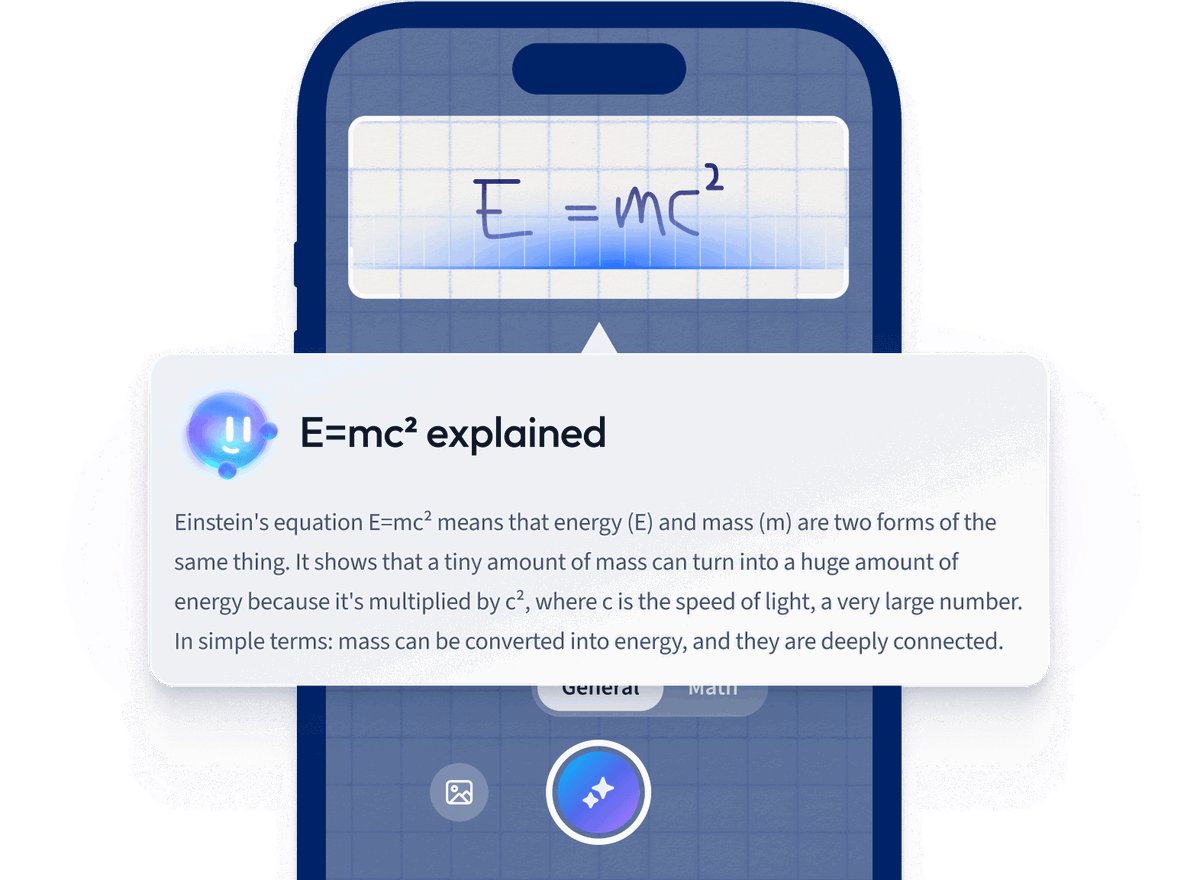What is the structure of the present tense in Spanish?
The structure of the present tense in Spanish involves conjugating verbs based on their endings (-ar, -er, -ir) and the subject pronoun (yo, tú, él/ella/usted, nosotros/nosotras, vosotros/vosotras, ellos/ellas/ustedes), resulting in variations such as: hablo (I speak), comes (you eat), vive (he/she lives).
How do you form regular verbs in the Presente Spanish tense?
To form regular verbs in the Presente (Spanish Present Tense), add the endings -o, -as, -a, -amos, -áis, -an for -ar verbs; and -o, -es, -e, -emos, -éis, -en for -er and -ir verbs, to the stem of the infinitive verb.
Do irregular verbs follow a specific pattern in the Presente Spanish tense?
Yes, many irregular verbs in the Presente Spanish tense do follow specific patterns, such as stem changes (e.g. "e" to "ie") or having unique conjugations (e.g. "ir" verbs like "ir", "ser", "estar"). However, these patterns vary among different groups of irregular verbs.
What are the exceptions to the regular conjugation rules in the Presente Spanish tense?
In Presente Spanish, exceptions include irregular verbs like "ir" (voy, vas, va, vamos, vais, van), stem-changing verbs (e.g., "poder" becomes "puedo"), and verbs with spelling changes (e.g., "buscar" changes to "busco"). Additionally, some verbs like "ser" and "estar" are entirely irregular.
How do you use reflexive verbs in the Presente Spanish tense?
In the Presente Spanish tense, reflexive verbs are used with reflexive pronouns (me, te, se, nos, os, se) that match the subject. These pronouns are placed before the conjugated verb or attached to an infinitive. For example, "me lavo" means "I wash myself".










